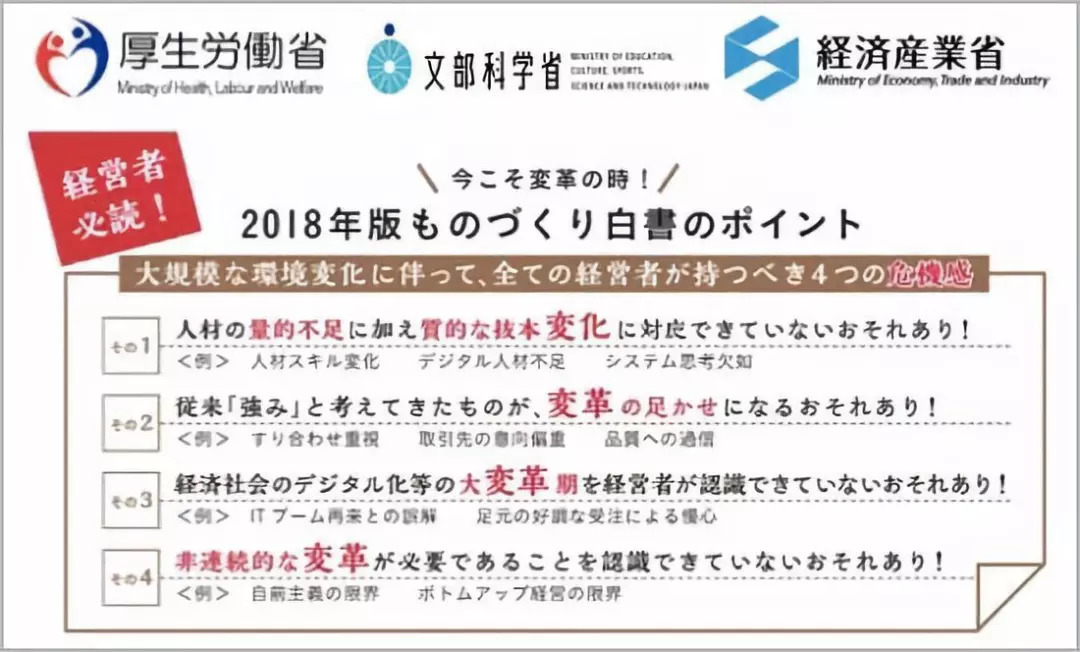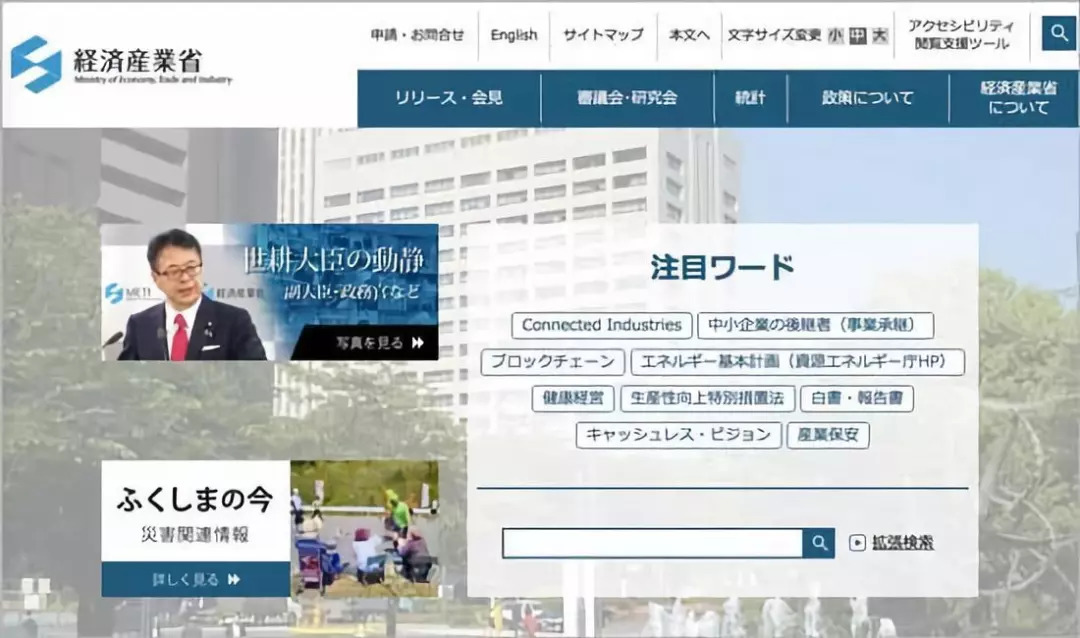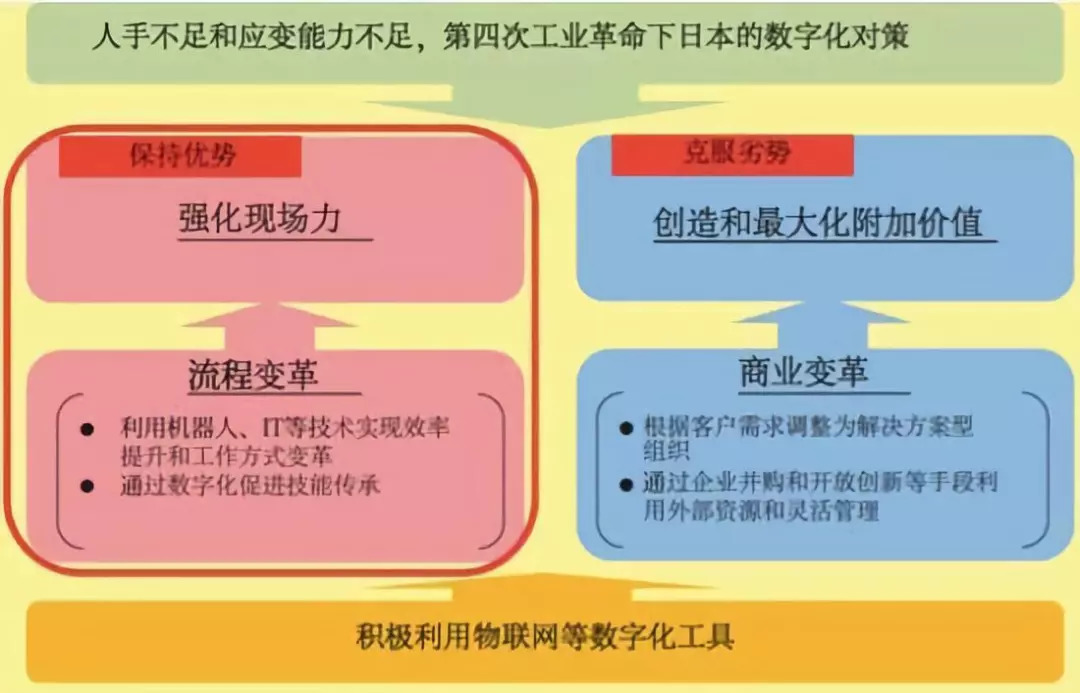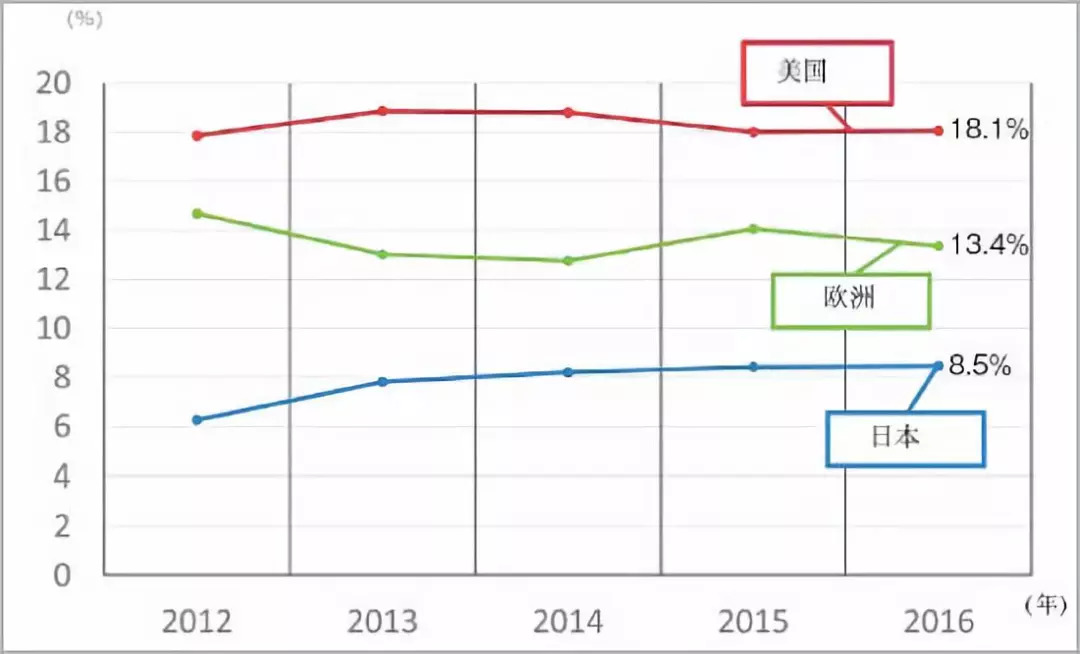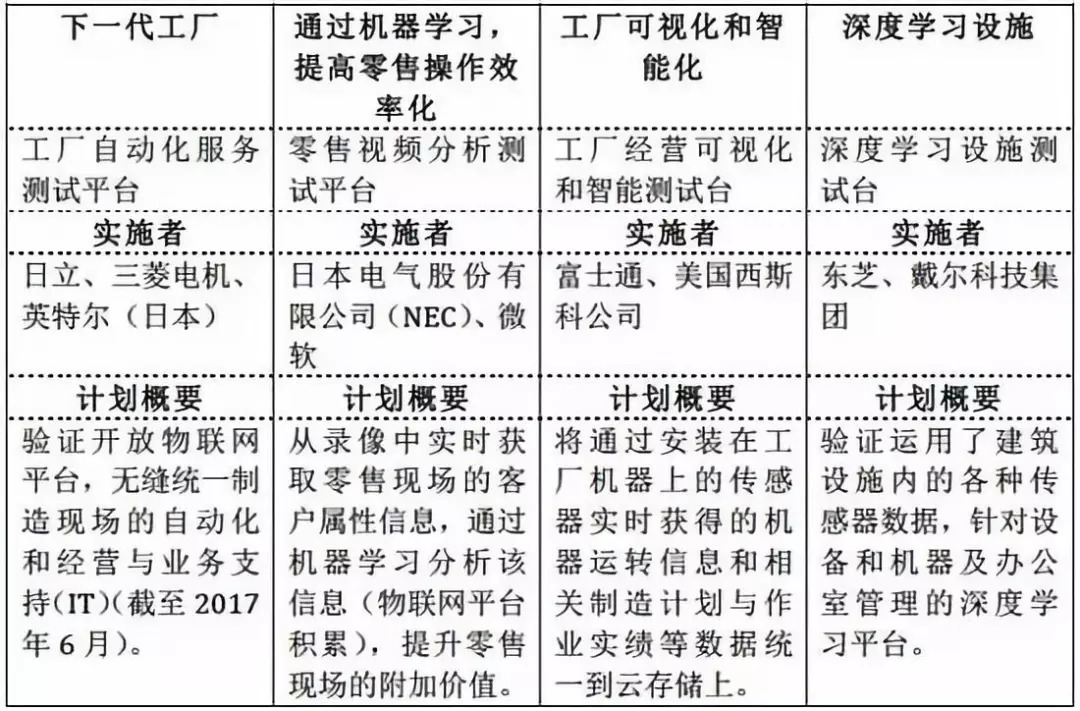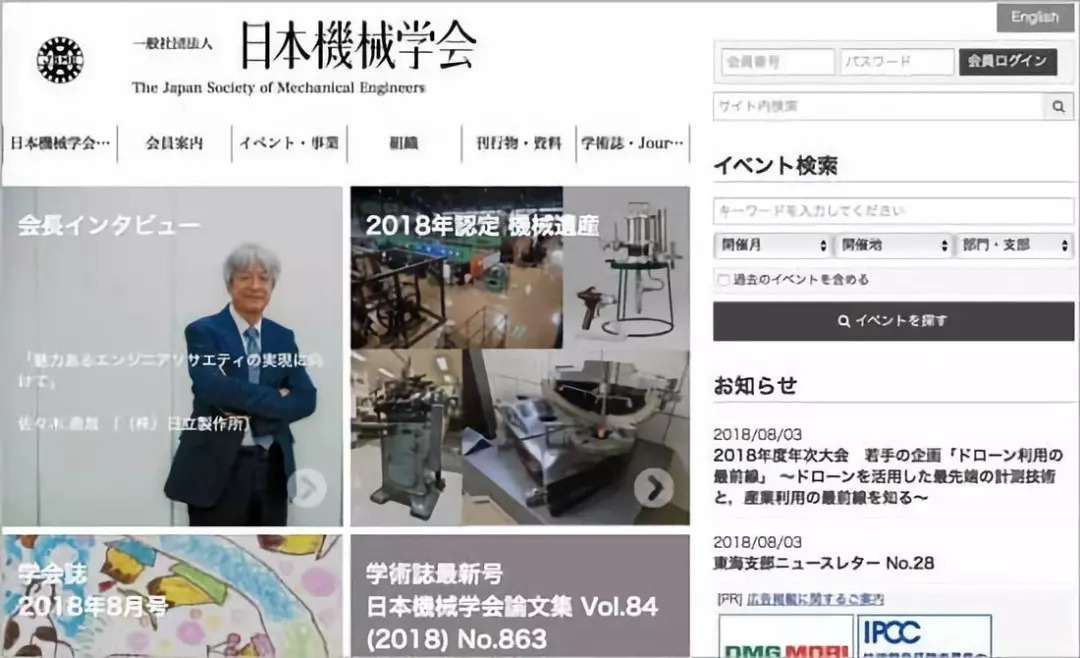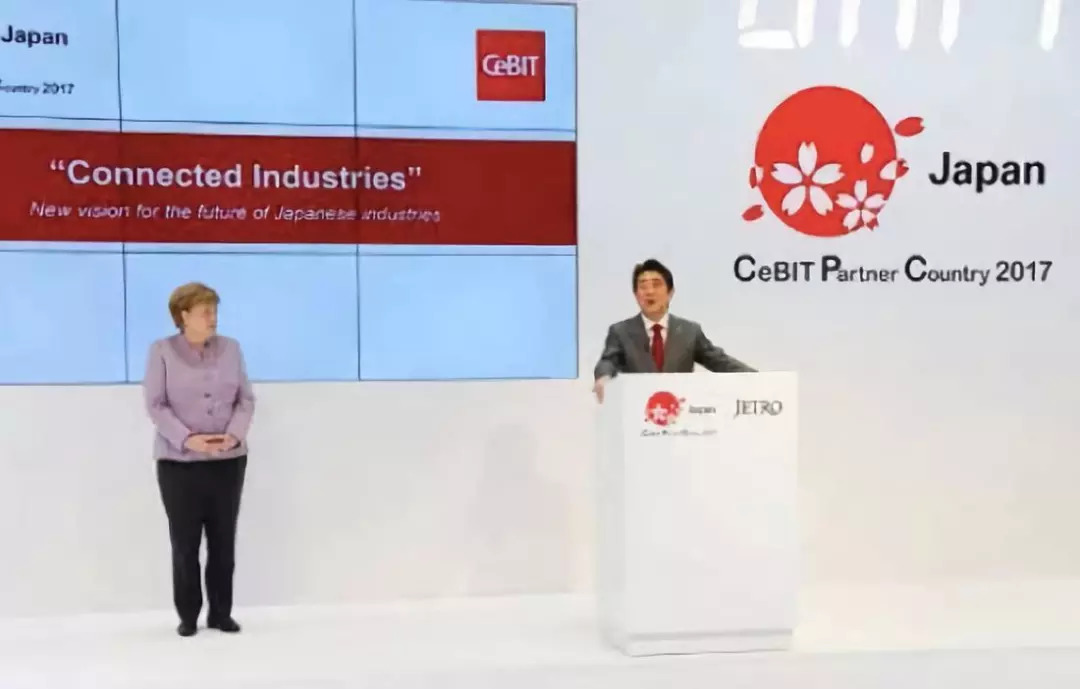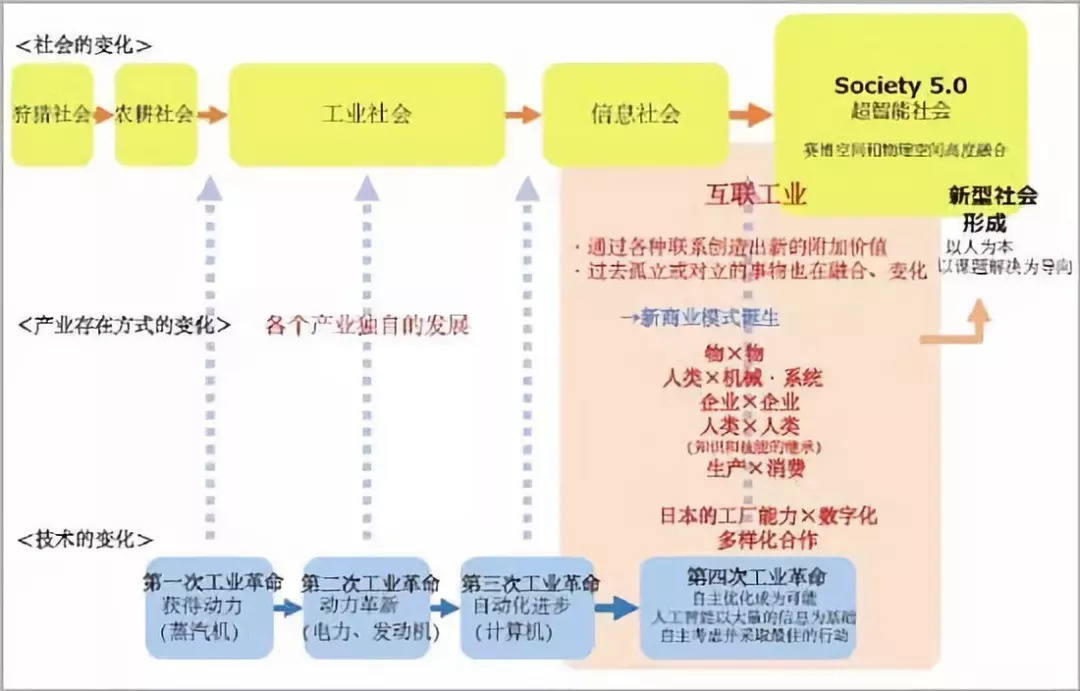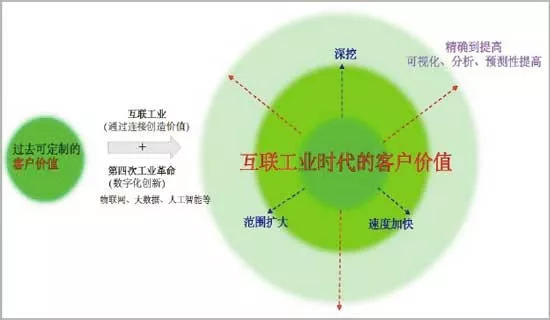On June 14, 2018, the Ministry of Economy, Trade and Industry of Japan (hereinafter referred to as the Ministry of Economy, Trade and Industry) released the 2018 "Japanese Manufacturing White Paper". To understand the situation of Japanese manufacturing, in terms of comprehensiveness and systemicity, there is no doubt that the "Japanese Manufacturing White Paper" is the best reference material. Co-authored the "White Paper on Japanese Manufacturing Industry" The "White Paper on Japanese Manufacturing Industry" was translated into Chinese by the Industry 4.0 Research Institute. The report includes a detailed table of contents, with a total of 459 pages. The "White Paper on Japanese Manufacturing Industry" started in 2002 and is usually released in May and June every year, and it has been in progress for 17 years. The annual "Japanese Manufacturing White Paper" is also very time-sensitive. According to Japanese friends, those engaged in research and management in the Japanese manufacturing industry will read the white paper, and even some corporate strategy departments will also rely on the white paper. Write a corporate strategy report. Japan’s lean management thinking has a large market in China’s manufacturing industry. Understanding what Japanese manufacturing is doing has become a must-do for Chinese manufacturing companies. Now that there is such a comprehensive "Japanese Manufacturing White Paper", they naturally don’t want to release it. Over. Ministry of Economy, Trade and Industry official website The "Japanese Manufacturing White Paper" over the years is divided into two parts: the first part describes the current situation and main issues of Japan's manufacturing industry, and the second part describes Japan's main measures to promote the development of the manufacturing industry during the past year. For Chinese entrepreneurs and managers who really intend to benefit from the "Japanese Manufacturing White Paper", two points should be noted: First, in the 2018 white paper, there is a major difference from the previous years. The officials of the Ministry of Economy, Trade and Industry of Japan have realized that our era is a stage of "discontinuous innovation", which is not Japanese. Improved thinking can be dealt with. In fact, officials of the Ministry of Economy, Trade and Industry cited a lot of data in the report to prove the seriousness of its productivity dilemma (Productivity Slump). According to the observation of the Industry 4.0 Research Institute, the conclusion of the Ministry of Economy, Trade and Industry of Japan actually negated the intelligent manufacturing ideas that the Japanese Society of Mechanical Engineers vigorously promoted in 2015. It must be clear to the officials of the Ministry of Economy, Trade and Industry of Japan that in the last century (1989) ) Japan has proposed the Intelligent Manufacturing Systems (IMS) plan, which has prevented Japan from turning over for nearly 30 years. These bureaucrats have lingering fears. Second, while denying the industrial structure optimization ideas (IVI, Industrial Value Chain Initiative) proposed by the Japanese Society of Mechanical Engineers in the early days, the Ministry of Economy, Trade and Industry emphasized the importance of "Connected Industries" (Connected Industries). In other words, Japanese bureaucrats believe that if Japan wants to avoid a backwardness similar to the Internet era, it should still learn from the United States. It should not use Germany's high integration as a benchmark, otherwise the fourth industrial revolution will have nothing to do with Japan. Discontinuous innovation In the 2018 edition of the "Japan Manufacturing White Paper", we found something out of the ordinary. Among them, the Japanese bureaucracy's judgment that the development of global manufacturing is a "discontinuous innovation" is very eye-catching. Analysis results of Japan’s strengths and weaknesses According to the understanding of Japanese experts, the current competition for purely automated products in Japan is very fierce, and it is difficult to form high added value. Therefore, the Japanese manufacturing industry hopes that automation and digital integration solutions can obtain higher added value. In comparison, the US manufacturing industry is more likely to obtain high value-added market opportunities. If the rate of return on net assets is regarded as an indicator of added value, statistics show that in the same period, the level of return on net assets of Japanese manufacturing is always lower than that of European and American companies. Statistics in 2016 show that the return on net assets in the United States is 18.1%, Europe also has 13.4%, while Japan has a pitiful 8.5%. The "White Paper on Japanese Manufacturing Industry" believes that sustained low yields have become one of the main problems facing Japanese manufacturing. Although we do not have data on China's return on equity, China's data is obviously not as good as that of the United States, Europe, and Japan. What makes us even more vigilant is that no experts in China's manufacturing industry seem to pay attention to this phenomenon. Obviously, Japan is not satisfied with the productivity level that has been lower than that of the United States and Europe. In the "Japanese Manufacturing White Paper", Japanese bureaucrats proposed: "In order to further increase the labor productivity of Japanese manufacturing, it should not only pursue the use of robots, information technology, The flexible application of technologies such as the Internet of Things and changes in working methods have achieved business efficiency and optimization. More importantly, new added value can be obtained through the flexible use of digital technology." Return on equity in the U.S., Europe and Japan In the general report of the "Japanese Manufacturing White Paper" report, over and over again explained a point of view-that is, the Japanese manufacturing industry is already in a period of "discontinuous innovation", which it calls the "fourth industrial revolution." Japan is famous for "continuous improvement" (Kaizen) represented by Total Quality Control (TQC, Total Quality Control), but this advantage has been weakened by "discontinuous innovation", and it may bring irreversible damage to Japanese manufacturing. as a result of. To be honest, the 2015, 2016, and 2017 "Japan Manufacturing White Paper" are quite satisfactory. It seems that there is no real innovation in the Japanese manufacturing industry. It makes people feel that Japanese manufacturing is nothing more than that. There is every reason to believe that Japanese manufacturing and the Internet Japan chooses the same time, and it will obviously fall behind. However, the 2018 "White Paper on Japanese Manufacturing Industry" gave readers a vigilance, and it was obvious that the Japanese manufacturing industry was beginning to awaken. Field force "Compared with the content mentioned and analyzed in the "Japanese Manufacturing White Paper (2017)", the challenges faced by the Japanese manufacturing industry today are quite different. How to maintain and improve on-site force under the situation of further increasing labor shortage... …Become one of the important issues of the moment." Measures and Methods of Strengthening Field Forces by the Ministry of Economy, Trade and Industry of Japan As we all know, for companies that want to take cost-effectiveness as a competitive advantage, landing and on-site management are essential. Most Chinese manufacturing companies lack independent brands, and a large number of companies are OEM/ODM. This requires quality to win, and of course it is very important to maintain sufficient price attractiveness. As an export-oriented economy, Japan provides customers with high-quality and high-priced products, which has become an important competitive advantage. From this perspective, the manufacturing industries in China and Japan have the same situation. According to a survey conducted by the Industry 4.0 Research Institute, domestic manufacturing companies have relatively good business conditions, and most of them benefit from lean management. After all, they must be competitive at the production site before they can blaze a trail in the homogenized product market. The Ministry of Economy, Trade and Industry of Japan has proposed measures and methods to "strengthen the field power", and the use of digital tools, personnel training, and work style changes have become the secret of the revival of Japanese manufacturing field power. However, this is not just what made in Japan is doing. German Industry 4.0 also emphasizes human-machine collaboration, which emphasizes the important role that digitalization (such as virtual reality, etc.) plays in it. Many companies in China are doing this. For example, many companies in the Yangtze River Delta are doing this, but this method is long-term effective and does not receive much attention from the government. This is not a problem for Japanese manufacturing. The efficiency of the manufacturing site has always been regarded as a characteristic of Made in Japan. Japanese manufacturing companies firmly adhere to on-site management, which can be said to be the secret of Japan's steady growth in the thirty years lost. Japan’s test bed submitted by the U.S. Industrial Internet Consortium Compared with German Industry 4.0, Japan has not proposed a similar double-leading strategy (Germany has proposed a strategy of leading equipment manufacturing and market ecology), but Japan has always insisted on building a country based on equipment. After all, Japan’s domestic market is not large, and there are trade barriers. Unstable factors, exporting equipment and equipment to the outside world is a good business. Statistics from Japan show that in the first half of 2018, Japan's equipment exports to China continued the growth trend in 2017, especially robots and automation equipment, which have been purchased by Chinese manufacturing companies in large numbers. Of course, there are many small and medium-sized enterprises in Japan. They have formed a complete industrial chain around large-scale enterprises and can conduct foreign trade. This is its unique competitive advantage. Therefore, Made in Japan is also implementing a dual-leading strategy to strengthen the advantages provided in equipment and equipment, and to help the development of small and medium-sized enterprises. Compared with the various support policies for small and medium-sized enterprises recently issued by the State Council of China, I am deeply impressed by the normal support for small and medium-sized enterprises in Japan and Germany. This is where the advantages of the manufacturing industries of these two countries lie. The author has been paying close attention to the development of small and medium-sized manufacturing enterprises in China. According to objective evaluation, small and medium-sized enterprises are not only at a disadvantage in taxation. At the same time, relevant national think tanks and research institutions have urgently needed public research results (Public Goods) for small and medium-sized enterprises. Also not enough. Judging from the work focus of various technology and industry alliances, most of them are controlled by some large enterprises, and most of the work focus is placed on the work required by large enterprises, and it does not give enough attention to the content required by small and medium-sized enterprises. According to the observations of the Industry 4.0 Research Institute, large Japanese companies are participating in the testbed work of the Industrial Internet Consortium (IIC), and the projects launched have paid more attention to the improvement of on-site capabilities. At the same time, these large companies are still operating in Japan. Under the coordination of the Ministry of Industry and Commerce, the experience gained from participating in international research and development projects will be formed into knowledge products such as the "Japanese Manufacturing White Paper" or other forms of knowledge products, which will be provided to all Japanese manufacturing companies, including small and medium-sized enterprises. This suggests that while manufacturing in China pays attention to on-site capabilities, should it strengthen the update of relevant knowledge? The focus can be placed on the impact of digitalization on on-site capabilities. This may be a common knowledge that Chinese manufacturing companies like to hear. Connected Industry Japan has realized that the current global manufacturing industry is in a stage of discontinuous innovation, which has prompted the Ministry of Economy, Trade and Industry of Japan to think about a concept that can truly represent the future of Japanese manufacturing. Official website of the Japan Society of Mechanical Engineers In the early days, the Japan Society of Mechanical Engineers proposed the Industrial Value Chain Initiative (IVI, Industrial Value Chain Initiative), which was defaulted to be a strategy made in Japan. However, in this year’s white paper, the Ministry of Economy, Trade and Industry denied that the Industrial Value Chain Initiative was a Japanese strategy. And it is clear that "Connected Industries" is the future of Japanese manufacturing. Japanese Prime Minister Shinzo Abe speaks at CeBIT In p179 of the "White Paper on Japanese Manufacturing (2018)", experts from the Ministry of Economy, Trade and Industry of Japan explained why the "interconnected industry" is the pursuit goal of Japanese manufacturing, "...Japan proposes it as a goal of a social form'society 5.0', but on the other hand, there has been no clear banner regarding the trend of the target industry... Taking advantage of the opportunity to participate in the CeBIT held in Germany in March 2017, Japanese Prime Minister Shinzo Abe paired up with Japanese Minister of Economy, Trade and Industry Hirohiro Seko Visited Germany. As Japan’s target industry trend, Japan shouted its slogan to the world:'Connected Industry'." As early as 2016, Japan proposed the "interconnected industry", but it did not get the attention of the Japanese Ministry of Economy, Trade and Industry at that time. Even so, the "Japan Manufacturing White Paper (2018)" issued by the Ministry of Economy, Trade and Industry of Japan, the conclusion that "interconnected industry" is the concept of the future industry surprised the experts of the Industry 4.0 Institute. There is no doubt that in 2018, Japan began to follow the American industrial Internet concept. The concept of "interconnected industry" described by the Ministry of Economy, Trade and Industry of Japan The Economic Analysis of "Interconnected Industries" by the Ministry of Economy, Trade and Industry of Japan Although the Ministry of Economy, Trade and Industry of Japan has adjusted the original concepts (such as the robot revolution, industrial value chain plan, society 5.0, etc.) and began to focus on "interconnected industries", Japan still hopes to conceptualize the industrial Internet in the United States. Establish different positions. For example, Made in Japan hopes to highlight the core position of "industry". History has proven that Japan is not good at proposing concepts. As early as 2016 in the "White Paper on Japanese Manufacturing Industry", the Ministry of Economy, Trade and Industry of Japan was not good at proposing concepts. The scene at the time was to evaluate the concept of German Industry 4.0, but unfortunately it was not proposed by Japan. As mentioned in a report published by the American Academy of Engineering in the 1980s, when experts determine that new ideas have arisen and cannot be described by traditional concepts (such as mechatronics), they should invent new concepts. In this way, it is convenient to deepen ideas and promote the transformation of concepts to applications. Although Japan has begun to focus on "interconnected industries," in the author's view, it has lost a very important opportunity-that is, to take a ride on American experts. In all fairness, most of the current Japanese manufacturing experts are in the shadow of Intelligent Manufacturing Systems (IMS) in the 1990s, and it is difficult to achieve disruptive innovation. According to the summary report of the "Japan IMS International Cooperation Research Program" written by the Japan Manufacturing Scientific Research Center and the Japan IMS Center, Japan believed that through the IMS program, Japan had trained a group of young experts and was also good at doing international exchanges...Unfortunately, These experts are now in their old age, and most of them are not reconciled to the failure of smart manufacturing. In 2017, they also tried to propose a smart manufacturing system (SMS, Smart Manufacturing Systems) based on cyber-physical systems (CPS, Cyber-Physical Systems). IMS). The ancient Chinese said, "Take copper as a mirror, you can be dressed up; people as a mirror, you can learn about gains and losses; if you take history as a mirror, you can know the rise and fall." Obviously, Japanese manufacturing does not learn from history or people. For Chinese manufacturing, should we learn from the failure of Japanese manufacturing in IMS? At the same time, the term "interconnected industry" should be differentiated. Lens Caps,Lens Cover,Camera Lens Cover,Camera Lens Cap SHAOXING COLORBEE PLASTIC CO.,LTD , https://www.colorbeephoto.com